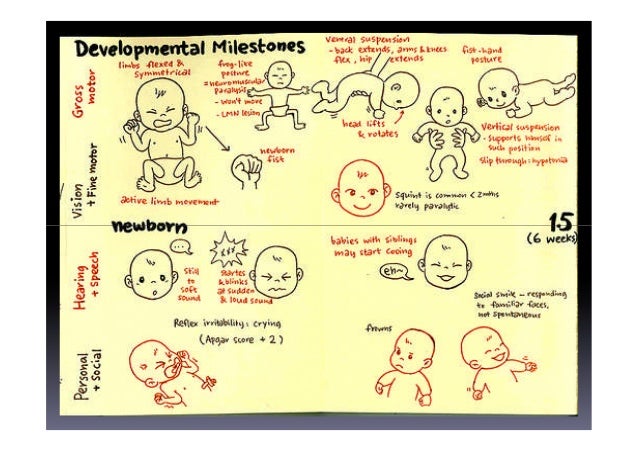She was proud that she was chosen for this assessment, and told her sisters that she was special for being selected. I began the assessment with the Personal – Social section of the exam and according to her mother’s report S.G. was capable of performing all the tasks except preparing cereal. S.G.’s mother informed me that although she is able to pour the cereal in a bowl, she does not allow her daughter to pour the milk due to concerns of making a mess. As I was interviewing the mother regarding S.G.’s abilities, she would also chime in, and inform me that she can do all the things I asked, and even offered to demonstrate. S.G. expressed her love for her favorite board games Hungry Hungry Hippo and Ants in the Pants, which she loves to play with her best friends and sisters. S.G. successfully passed at least three items to the left of the age line, and all the tasks in the boxes the line fell through. Because she passed we moved on to the Fine Motor – Adaptive…show more content…
enjoyed her experience. Because she knows me personally I found it very easy to talk to her, and she had no difficulty engaging in conversation with me. S.G. failed two tasks; defining seven words in the Language category, and balancing on each foot for 4, 5 and 6 seconds. The chronological age line does not fall through the blue part of the bar for those specific tasks, and therefore it is not concerning. Although she did not succeed in completing these two tasks, today’s Denver Developmental Screening Test was normal. It was a pleasure performing this test on S.G. and, if given the chance to reassess her I would perform the exam in a more private setting, away from all the distractions so that she may be able focus solely on the exam. According to beststart.org’s “On Track Guide” as far as development by age and domain is concerned S.G. accomplishes the skills listed for children her age

The Denver Developmental Screening Test (DDST) is a test designed for use in initial screening of children to identify those with developmental problems so they can be referred for more precise evaluation and intervention, if appropriate. The test was developed and introduced in Denver, Colorado in the 1960s and is one of the most widely used developmental screening tests. Health care professionals can administer the test in clinical or office settings, and it takes between 10 and 20 minutes.
This test is intended for use in children between one month and six years of age. The exact age of the child is calculated so the administrator can select age-appropriate tasks designed to assess the child's personal and social skills, facility with language, fine motor skills, and gross motor skills. In addition to evaluating the child directly, the test administrator also asks the parents a series of questions to collect more information about how the child behaves at home.
If a child performs consistently below the standard of children in a similar age range, the Denver Developmental Screening Test will suggest the child may have a developmental problem. It is not designed to be specific, with lengthier and more detailed screening needed to evaluate children with test scores of concern. If a child performs at or above the expected level, the child is not considered to be at risk for developmental issues.
Denver Developmental Screening Test Example
- The Denver II: a major revision and restandardization of the Denver Developmental Screening Test. Pediatrics, 89(1), 91-97. Licence: User agreement is provided on website, and indicates that items are copyrighted with the exception of the test kit and contents.
- Denver Developmental Screening Test: The Denver Developmental Screening Test (DDST) is a widely used assessment for examining children 0-6 years of age as to their developmental progress. The name 'Denver' reflects the fact that this screening test was created at the University of Colorado Medical Center in Denver.
One criticism of the original Denver Developmental Screening Test was a distinct class and race bias, a common problem with standardized tests in general. Future editions were redesigned to address this problem, making the test more widely applicable and sensitive. One consequence of this has been an increased incidence of false positives on the test, something for parents to be aware of. In other words, just because a child's results on the this test are believed to be abnormal, it doesn't mean the child has a developmental problem; more testing is needed.
The DDST-II can be used as a screening tool and is currently being used across the country and around the world to screen children from birth to 6 years of age who are at risk of developmental delays. The test can be easily administered in about 20 minutes and scoring is based on observation and parental reporting.

Denver Developmental Screening Test Items
This test is usually readily available and may be administered multiple times as a child ages to collect information about the course of the child's development. If more screening is needed, it may be offered in the same facility, or the child may need a referral to another location. When parents are told that additional screening is recommended after the Denver Developmental Screening Test is administered, they should be aware that the practitioner may not have additional information and cannot provide a diagnosis or even a guess about what the issue might be.